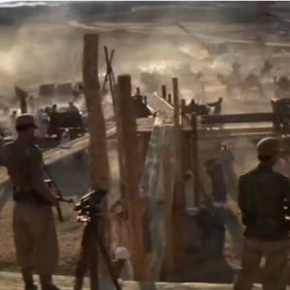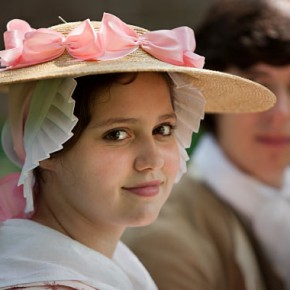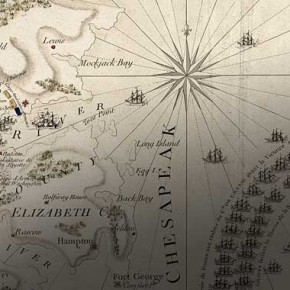While we’re on the topic of the use of archaeology in films, the ever-popular Indiana Jones series of movies deserves a mention.
I grew up on these movies, and for years we had a whip in our costume box so my brother could dress up as Indiana, who was the ultimate action hero with a mild-mannered professor for an alter-ego. When archaeologists want to discuss popular misconceptions of what archaeologists do, they tend to point towards Indiana Jones, who we first meet in The Raiders of the Lost Ark as he steals a gold treasure from a perfectly preserved ancient temple, dodging booby traps and the incensed natives. His catchphrase, “That belongs in a museum!” does little to counteract the fact that Indiana Jones is more looter than archaeologist.
How much does Indiana’s character affect what people think of archaeologists? When I watched the movies as a child, I already had such a strong association between archaeology and digging that the only scene in the movie in which I felt archaeology was being performed was the Nazi-funded excavation in Cairo. My impression of archaology was no more correct, then- (had you asked me for an example of an archaeological dig in a movie I night have pointed you to Jurassic Park) but it was not quite so shaped by the movies as concerned archaeologists might fear.
However, Indiana Jones is a powerful icon, and public archaeology tends to evoke him whenever possible in order to generate interest.
These two exhibits, one by the National Science Foundation and the other by National Geographic, both compare modern archaeologists to the famous hero, emphasizing discovery and unlocking secrets in particular. Visit them, and you’ll notice that one adopts a more critical stance than the other, but both focus on similarities over differences. Is this comparison harmful to public archaeology?




